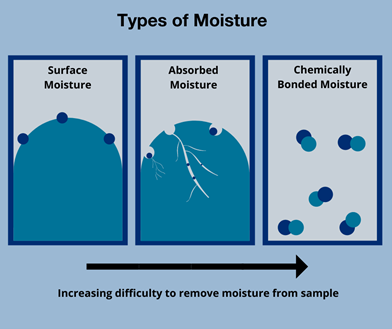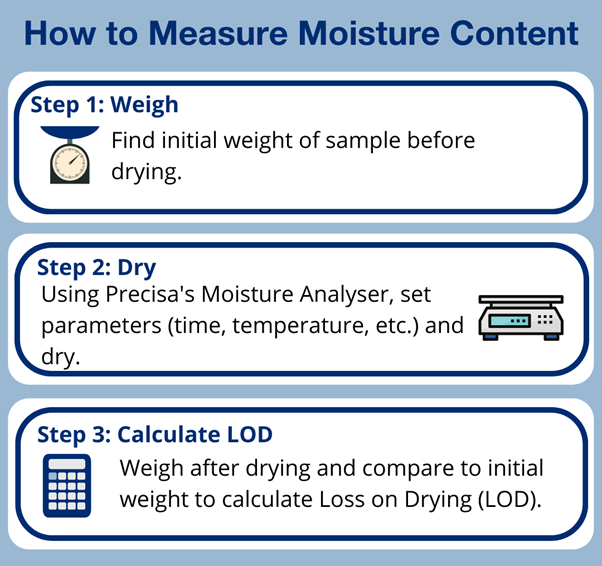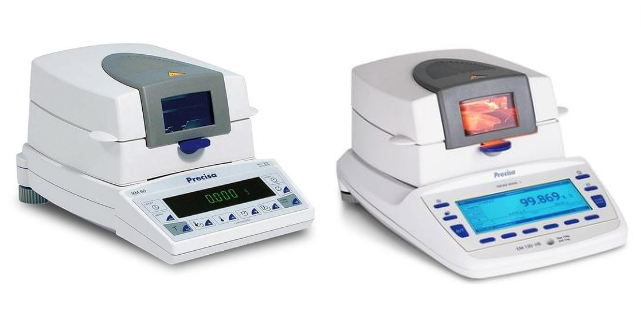Measuring Moisture Content in 3 Easy Steps
Moisture Determination is vital for many industries. Moisture content can indicate several properties such as the quality of a substance, its shelf life and freshness. These contribute to the price of an item, so it is vital for businesses when deciding on their costs. In this article we will outline how to measure moisture content and why you should be measuring moisture content.
What is ‘Moisture Content’?
It is important to note that moisture is not just water. Water specifically refers to molecules with the chemical formula H2O, however moisture is a wider term that includes anything that evaporates from a substance when heated, for example solvents, flavourings, fats and other substances.
There are 3 types of moisture content that all must be considered when measuring moisture content:
Surface moisture – Moisture adhered to the surface sample, sometimes referred to has hygroscopic, adhesive or free water. This is the least difficult moisture to remove.
Absorbed moisture – This moisture has travelled into the pores and capillaries of the sample. Sometimes called equilibrium moisture.
Chemically bonded moisture – Moisture molecules are chemically bonded to the sample at a molecular level. This is the most difficult type of moisture to remove.
Reasons for Moisture Determination
The moisture content of a substance can impact its overall quality, so measuring moisture content is vital to consistently uphold the high standards of products. For example, in foods, moisture content can impact the taste, smell and shelf life of a product. Determining the moisture content of food can also help to reduce food waste. In agriculture, the moisture content of soil can help determine optimal growing conditions for plants and crops.
Most industries have laws to regulate the moisture content of substances. This makes a moisture content analyzer an essential piece of equipment for many research and development labs, as well as quality control facilities.
Moisture Determination In 3 Steps
Moisture Content Determination can be carried out in just 3 steps when using a Moisture Content Analyzer:
- Find the initial weight of the sample by weighing the sample before drying
- Set parameters (temperature, time) and dry sample
- Weigh sample after drying and compare to the initial weight to calculate the Loss on Drying.
Precisa’s Moisture Content Analyzer
Precia’s offers a range of moisture content analyzers designed for different industries and applications of moisture content determination.
If you would like to hear more about how Precisa’s Moisture Content Analyzer can help you when measuring moisture content, please contact our sales team today.
Related Articles
If you would like to find out more about applications of our moisture analyzers, you can read these related articles:
- Application Note: Methods for Moisture Determination with XM60
- Application Note: Moisture Determination of Different Plastic Granules
- Application Note: Moisture Determination of Liquid Soap
- Application Note: Moisture Content of Spaghetti
- Application Note: Moisture Determination of Cement
- Determining the Moisture Content of Medical Marijuana






